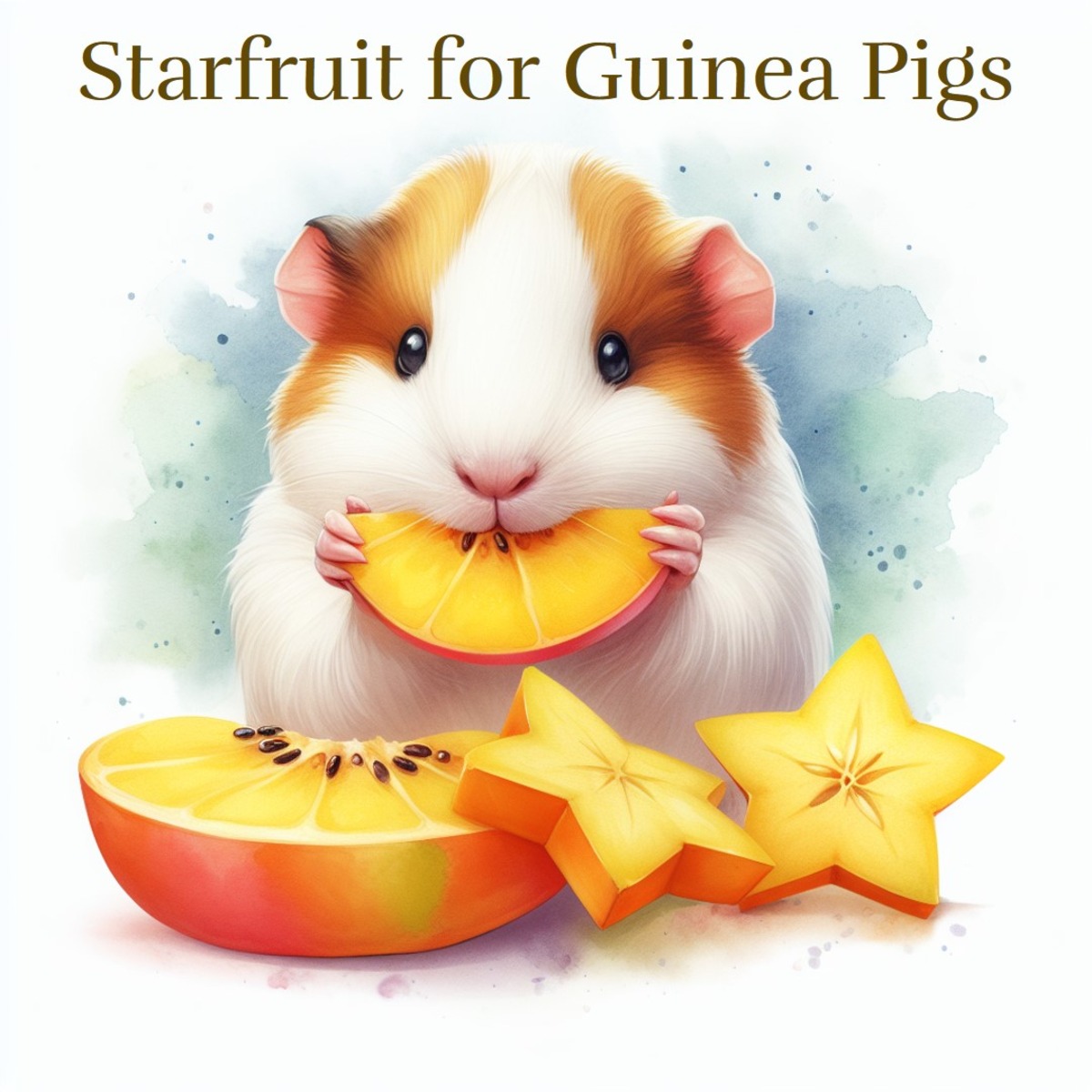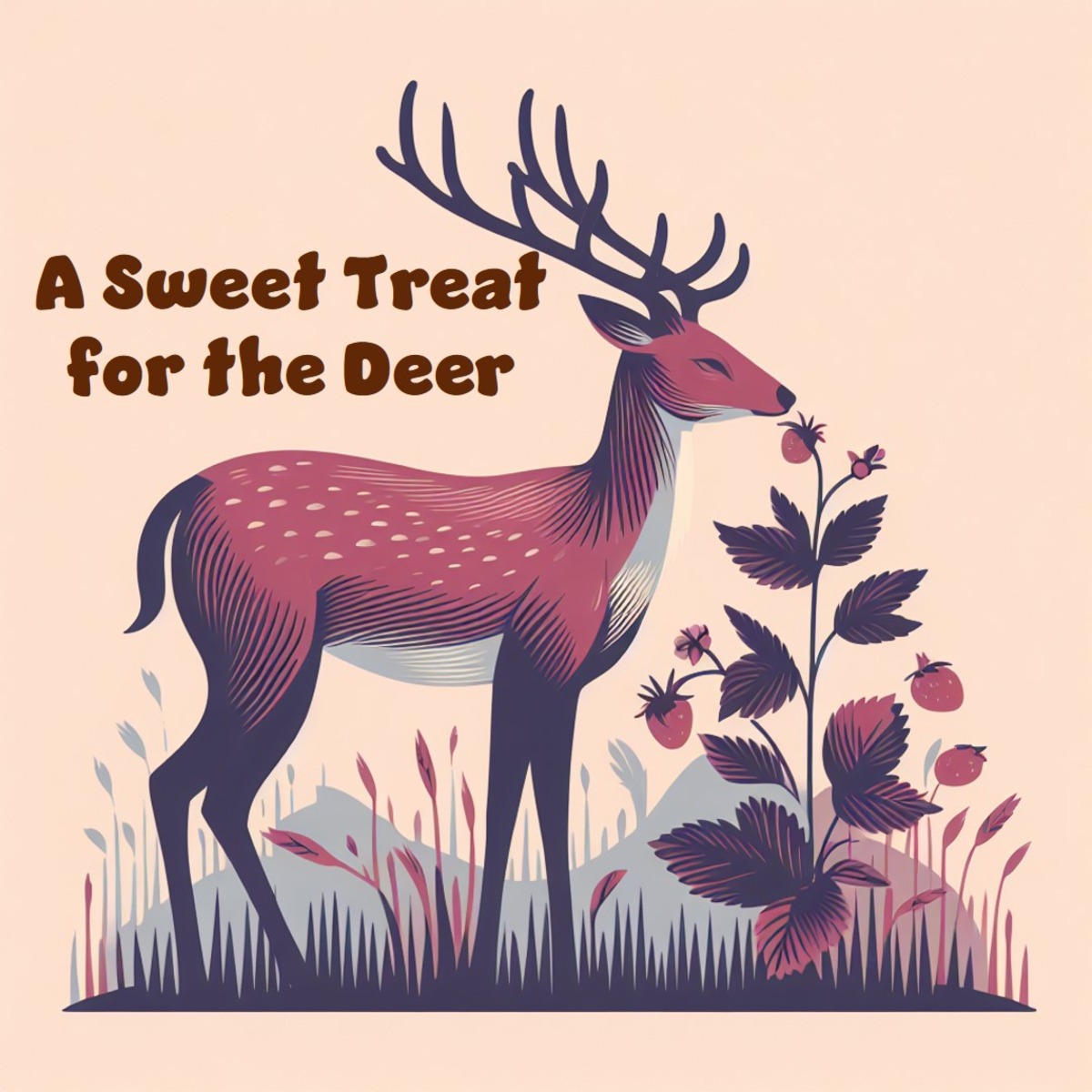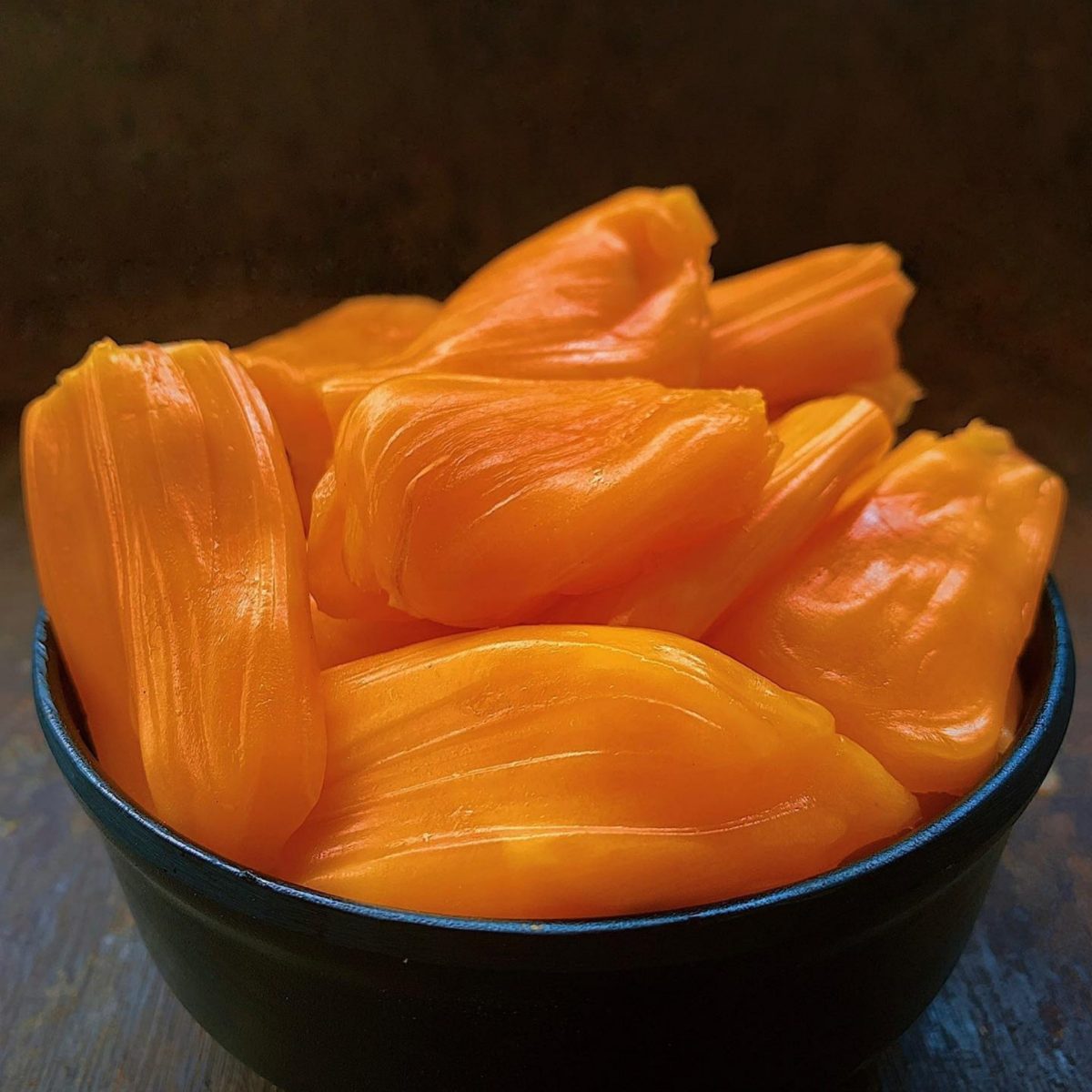Starfruit, also known as carambola, is a tropical fruit that has a distinctive shape and flavor. It is sweet and sour, juicy and crunchy, and can be eaten with or without the skin. Starfruit is rich in vitamin C, vitamin A, folate, and other nutrients that are beneficial for humans. But what about guinea pigs? Can they enjoy this exotic fruit as a treat?
In this article, we will answer this question and provide you with some useful information about starfruit and guinea pigs. We will also give you some tips on how to feed starfruit to your furry friends safely and moderately.
Key Takeaways
- Guinea pigs can have starfruit as an occasional treat, but not too often or too much.
- Starfruit is high in vitamin C, which is essential for guinea pigs, but also contains oxalic acid, phosphorus, sugar, and acidity, which can be harmful if overfed.
- Starfruit should be washed, peeled, and cut into small pieces before feeding to guinea pigs. It should be offered along with fresh water and hay, and not
mixed with other fruits or vegetables.
Starfruit and Guinea Pigs: The Pros and Cons
Starfruit is a delicious and nutritious fruit that can provide some health benefits for guinea pigs. However, it also has some drawbacks that need to be considered before feeding it to your pets. Here are some of the pros and cons of starfruit for guinea pigs [1][2]:
Pros
- Starfruit is a good source of vitamin C, which is vital for guinea pigs. Guinea pigs cannot produce or store vitamin C in their bodies, so they need to get it from their diet. Vitamin C helps prevent scurvy, a disease that causes bleeding, joint pain, and tooth loss in guinea pigs. Starfruit contains about 34.4 mg of vitamin C per 100 g, which is more than enough to meet the daily requirement of 10-30 mg for guinea pigs.
- Starfruit also contains other vitamins and minerals that can support the overall health of guinea pigs. For example, it has vitamin A, which is good for the eyes and skin, folate, which is important for cell growth and metabolism, and potassium, which helps regulate blood pressure and fluid balance.
- Starfruit has a high water content, which can help keep guinea pigs hydrated and prevent urinary tract infections. Water makes up about 91% of starfruit, which is similar to cucumber and watermelon. Hydration is essential for guinea pigs, especially in hot weather, as they can easily suffer from heatstroke and dehydration.
- Starfruit has a low calorie and fat content, which can help prevent obesity and related health problems in guinea pigs. Starfruit has only 31 calories and 0.33 g of fat per 100 g, which is much lower than other fruits such as banana, grape, and mango. Obesity is a common issue in guinea pigs, as they tend to overeat and have a low activity level. Obesity can lead to diabetes, heart disease, arthritis, and reduced lifespan in guinea pigs.
Cons
- Starfruit is high in oxalic acid, which can interfere with the absorption of calcium and other minerals in guinea pigs. It has about 0.61 g of oxalic acid per 100 g, which is higher than other fruits such as apple, pear, and pineapple. Oxalic acid can bind with calcium and form insoluble crystals that can accumulate in the kidneys and bladder, causing stones and infections.
- Starfruit also contains phosphorus, which can cause an imbalance and lead to calcium deficiency or excess in guinea pigs. It has about 12 mg of phosphorus per 100 g, which is higher than other fruits such as orange, kiwi, and strawberry. Phosphorus works with calcium to maintain the bone health of guinea pigs, but too much can have negative effects.
- Starfruit has a high sugar content, which can cause obesity, diabetes, and dental problems in guinea pigs. It has about 3.98 g of sugar per 100 g, which is lower than other fruits such as cherry, peach, and plum, but still significant. Sugar is a carbohydrate that provides energy for guinea pigs, but too much can be harmful for their health and weight.
- Starfruit has a high acidity level, which can cause irritation, inflammation, and ulcers in the mouth, stomach, and urinary tract of guinea pigs. It has a pH of about 3.5, which is similar to lemon and grapefruit. Acidity is a measure of how sour a food is, and it can affect the pH level of the urine and saliva of guinea pigs.
How to Feed Starfruit to Guinea Pigs
Starfruit can be a tasty and healthy treat for guinea pigs, but it should be fed with caution and moderation. Here are some tips on how to feed starfruit to guinea pigs safely and properly.
- Wash the starfruit thoroughly before feeding it to guinea pigs. This will remove any dirt, pesticides, or bacteria that may be present on the surface of the fruit. You can use a soft brush or a cloth to gently scrub the skin of the starfruit.
- Peel the starfruit and remove the seeds before feeding it to guinea pigs. The skin and the seeds of the starfruit may contain more oxalic acid and other harmful substances than the flesh, and they may also pose a choking hazard for guinea pigs. You can use a sharp knife or a peeler to cut off the skin and the edges of the starfruit, and then slice it open to remove the seeds.
- Cut the starfruit into small pieces before feeding it to guinea pigs. This will make it easier for guinea pigs to chew and digest the fruit, and also prevent them from eating too much at once. You can use a knife or a grater to cut the starfruit into bite-sized pieces, or use a cookie cutter to make fun shapes.
- Feed the starfruit to guinea pigs in moderation and occasionally. Starfruit should not make up more than 2% of the daily diet of guinea pigs, which means no more than one or two small pieces per week. Starfruit should also not be fed every day, but only as an occasional treat. Feeding too much or too often can cause health problems for guinea pigs, such as diarrhea, bloating, kidney stones, and scurvy.
- Feed the starfruit to guinea pigs along with fresh water and hay. Water and hay are the most important components of the diet of guinea pigs, and they should always be available and fresh. Water helps flush out the excess minerals and acids from the starfruit, and hay helps balance the pH level and fiber intake of guinea pigs. Starfruit should not replace water or hay, but only supplement them.
- Feed the starfruit to guinea pigs separately from other fruits or vegetables. Starfruit should not be mixed with other fruits or vegetables, as this can cause overfeeding and nutrient imbalance. Starfruit should also not be fed at the same time as other foods that are high in oxalic acid, such as spinach, parsley, beetroot, and rhubarb. Feeding too many oxalate-rich foods can increase the risk of kidney stones and infections in guinea pigs.
Conclusion
Starfruit is a delicious and nutritious fruit that can provide some health benefits for guinea pigs. However, it also has some drawbacks that need to be considered before feeding it to your pets. Starfruit is high in vitamin C, which is essential for guinea pigs, but also contains oxalic acid, phosphorus, sugar, and acidity, which can be harmful if overfed. Starfruit should be washed, peeled, and cut into small pieces before feeding to guinea pigs. It should be offered along with fresh water and hay, and not mixed with other fruits or vegetables. Starfruit should be fed in moderation and occasionally, not more than one or two small pieces per week.
Frequently Asked Questions
- What are the symptoms of oxalic acid poisoning in guinea pigs? Oxalic acid poisoning can cause symptoms such as loss of appetite, lethargy, weakness, dehydration, blood in urine, difficulty urinating, abdominal pain, and kidney failure in guinea pigs. If you suspect that your guinea pig has eaten too much starfruit or other oxalate-rich foods, contact your veterinarian immediately.
- What are the best fruits to feed to guinea pigs? The best fruits to feed to guinea pigs are those that are low in oxalic acid, phosphorus, sugar, and acidity, and high in vitamin C, fiber, and water. Some examples are apple, pear, pineapple, orange, kiwi, strawberry, and watermelon. However, even these fruits should be fed in moderation and occasionally, as too much fruit can cause health problems for guinea pigs.
- Can guinea pigs eat dried starfruit? No, guinea pigs should not eat dried starfruit, as it is more concentrated in oxalic acid, phosphorus, sugar, and acidity than fresh starfruit. Dried starfruit also lacks water and fiber, which are important for guinea pigs. Dried starfruit can cause more harm than good for guinea pigs, so avoid feeding it to them.








